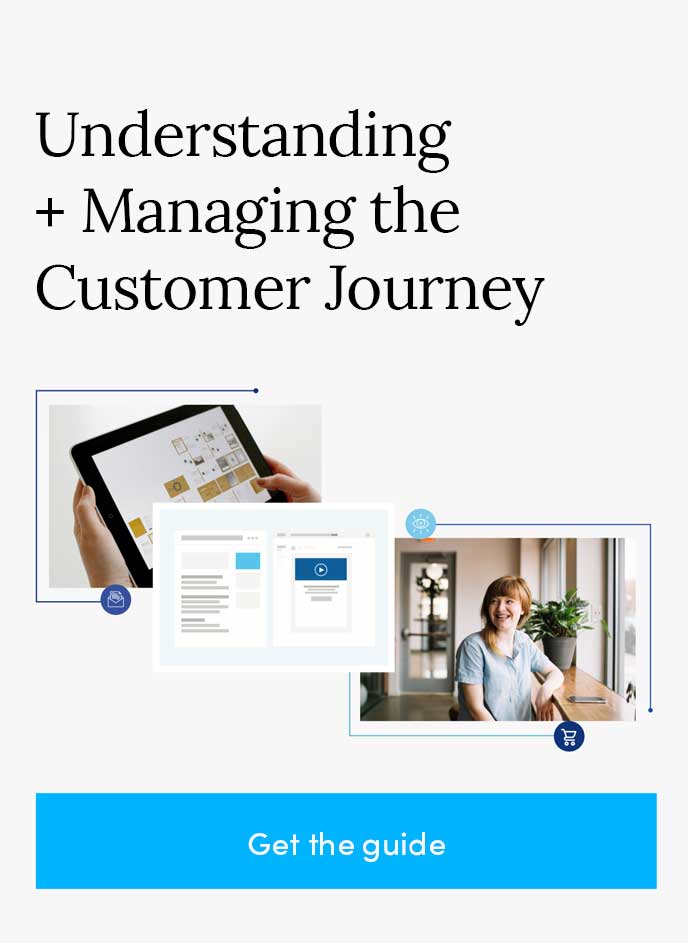Some things in life rarely change, and sales techniques used to fall into this category – until now. Let’s talk about one of the most impactful selling tactics: the challenger.
Sales for business growth
The formula for successful selling has always been to establish a strong customer relationship, present the features and benefits, answer some questions and, hopefully, make the sale.
While this worked for many years, a new idea arose a decade ago when CEB, a research company, undertook a study to understand why certain salespeople were more successful than others. They found that those who reframed the sales opportunity, challenging the norm and thoughtfully questioning prospects about their company’s overall business goals, were the ones closing the most deals.
If you’ve never heard the term “challenger brands,” these are the businesses bringing fresh ideas to the table and shaking up the status quo in their industries. For example, real estate has been sold the same way for eons and homebuyers didn’t have many alternatives for the process. Enter Casa Blanca Real Estate, an app using a “Tinder-esque” approach to simplify the stressful search process and appeal to the next generation of house hunters. Now, that’s an industry disrupter!
Challenger brands even have their own “List of the Ones to Watch” at The Marketing Society, and “challenging” is considered a critical skill to have – especially if you’re in sales.
What makes someone a “challenger?”
Challengers teach the prospect to look at their needs from a business perspective with out-of-the-box ideas and strategies. Because the salesperson has gathered extensive intelligence about the prospect’s situation, this initial discussion is pre-scoped, pre-scripted and pre-defined.
Here’s how it goes:
- The challenger will frame the prospect’s situation in such a way as to tailor a solution that only their company can provide. This requires the salesperson to fully understand the competitive landscape and the company’s clear differentiators.
- The challenger will take control of the sale, guiding the prospect to look at the situation in a completely different way, so the differentiators between the salesperson’s company and the competition are indisputable.
It’s a very calculated approach and it involves six key steps.
Step 1: Warming things up
The premise behind the “challenger sale” seems simple: The salesperson conducts comprehensive research to learn about the prospect’s industry, key strengths and weaknesses within that industry and their economic drivers.
This allows the salesperson to lead conversations in the right direction, and make it obvious that their company can not only solve the issue but presents a distinct advantage. The “challenger” has the stamina to take the necessary steps in the customer journey, practicing effectiveness over expediency.

Step 2: Reframing the sales opportunity
To get to this point, you must first answer two questions:
- What is unique about the prospect’s economic drivers?
- Where are they most vulnerable?
The goal is to present a compelling value proposition. The smart salesperson has already done the background investigation and analysis and has drawn certain conclusions. Then, those conclusions are presented instead of the usual features and benefits spiel, demonstrating how the salesperson’s company is different from the rest.
Deal innovation, using a problem-solving stance, allows the salesperson to become a nurturer and business consultant – not a typical sales rep.
Step 3: Rational drowning is a reality
It’s not always easy to see the whole picture when the frame of reference is just the desired end result. What’s going on with your prospect’s competitive landscape? What insights can you bring to the conversation? The concept of “commercial teaching” postulates that you can educate a prospect about the (inherently dangerous) value of doing nothing.
Start by considering these two ideas:
- Extra support. It’s easier to make the case that the situation may indeed be dire when the salesperson’s company can explain the many ways they can fully support the prospect’s business goals and objectives.
- Outcomes vs. outputs. The salesperson is able to innovate around the unknown by answering this all-important question: What problem is currently costing our customers more money than they realize, that only we can help them solve?

Step 4: Discuss the emotional impact
A continuation of the “commercial teaching” aspect involves big, innovative ideas that may be risky but help to identify your company’s unique benefits. This step challenges the prospect’s thinking by presenting commercial insights and helping them see the hidden emotional impact of inactivity. Careful evaluation of the customer’s economic drivers can bring goals, motivations, and lead conversion behaviors to light. In addition, the salesperson can better determine measured outcomes that could drive significant pipeline value through smart marketing techniques.
Step 5: A new way to look at the situation
As the salesperson has been carefully listening at every step of the way, and the various audiences within the prospect’s company are well understood, it’s time to present a tailored solution that is available only through the salesperson’s company.
The solution will specifically speak to each of the prospect’s three buyer influencers:
- User buyers: marketing managers (internal coaches)
- Technical buyers: purchasing department, sales team
- Economic buyers: CEOs, CFOs, presidents
By presenting yourself as an ambassador of change, you bring meaningful value to the prospect and significantly increase your chances of winning the biz. After all, everyone knows by now that doing the same thing all the time won’t move the needle. Your prospect has to be able to get excited about getting on board and being an agent of change too.

Step 6: Your solution is the answer
By joining together the sales conversation with the marketing conversation, the salesperson can focus on a revenue-driven attitude and process. This allows the salesperson to truly take control of the discussion, with a thought leader vs. “order-taker” mentality.
The prospect can feel comfortable about viewing the salesperson as a business partner instead of simply a vendor when the conversation revolves around business outcomes instead of features, benefits and outputs.






